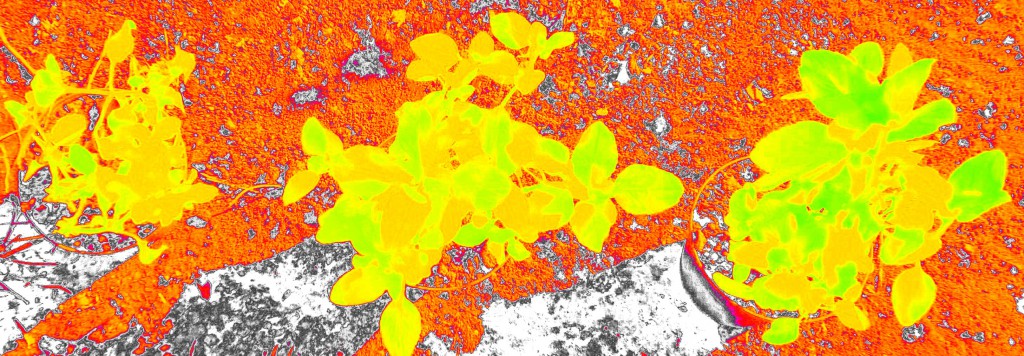AGRICULTURE IMAGERY SERVICES
TO ENHANCE YOUR CROP INSIGHT
INCREASE YIELD POTENTIAL,
DECREASE INPUT USAGE
Let Skyora deal with the hassle of flying, capturing and processing imagery data as well as dealing with all of the government regulations.
Focus on what you do best, and let us handle and process the imagery for you.
Stay On Top of Crop Health
Skyora agriculture aerial imagery solutions gives you the “Check Engine” light for your entire field. This enables you and/or an agronomist to address crop health concerns before they become an issue.
Addressing needs early can save time and money
- Less crop scouting
- Manage your inputs more effectively
- Focus resources on the acres that need it
Capturing imagery can be a time consuming and costly process
Leveraging Skyora’s agriculture imagery services, will cost a small fraction of these costs, and remove the risk and investment involved in owning your own agriculture unmanned aerial solution,
HOW DOES IT WORK?
Of the three plants below, can you tell which of the three is the healthiest and which of the three is the most stressed?
At first glance, it probably looks like the left plant is the most stressed by the weak leafs and the middle and right plants are both healthy.

Now look at the normalized difference vegetation index (NDVI) image below. Can you now see the healthier plant? (Hint: Green is good, yellow and red are not)
It is hard to tell from the normal image to the left, but the NDVI clearly shows a difference.

The visible light that we see (e.g., red, blue, green) is only part of the equation in determining plant stress. We see green vegetation when it is healthy because plants absorb red and blue light to make food. Vegetation also reflects light in the near-infrared (NIR) portion of the spectrum. In fact, it reflects near-infrared much more intensely than it does green. By analyzing the NIR light, we can determine plant stress before we can tell with the naked eye.
